Last Updated on May 5, 2021 by Akanksha Singh
Smartwatches have become common, and one can see many people wearing them these days. On one hand, there are cheaper fitness bands and smartwatches from brands like Realme, Xiaomi, and Amazfit. On the other hand, there are premium smartwatches from Apple, Fossil, Garmin, and Samsung. If you’ve been meaning to get a fitness band or a smartwatch, it can be a challenging task to zero in on a perfect smartwatch. We have a buying guide that you should follow to navigate the confusing world of smartwatches and wearables easily.
Here are the things that you should consider while choosing a smartwatch:
- Operating system, platform, and compatibility
- Screen size, shape, and design
- Sensors and activity tracking
- Speaker and microphone
- Connectivity
- Watchfaces
- Strap compatibility
- Battery life and charging methods
- App selection
Operating System & Compatibility
The first thing to know while choosing a smartwatch is to check if it is compatible with your current smartphone. If you have an Android smartphone, the smartwatch should be compatible with it. If you are an iPhone user, the smartwatch you are looking out for should be compatible with it. Some smartwatches are compatible with both Android and iOS. Smartwatches running Google’s Wear OS, Samsung’s Tizen, and Amazfit’s OS are compatible with Android and iOS smartphones.
If you are an iPhone user, there’s no better smartwatch than the Apple Watch because it offers much better integration with Apple’s services and apps, something other fitness trackers and smartwatches can’t.
Apple watchOS
Only Apple Watches run the watchOS operating system. They offer much tighter integration with iPhones and Apple’s services such as Apple Maps, Apple Music, iMessage, Shortcuts, and Siri. It also has the highest collection of apps that are available on any smartwatch platform. However, Apple Watches are only compatible with iPhones, which means you can use them only if you have an iPhone.
They come with a few caveats, though. watchOS does not allow you to use third-party watch faces. You can only use the ones that come pre-installed with the Apple Watch or edit them. And the battery life on Apple Watches is relatively shorter than smartwatches from Amazfit, Samsung, and some other brands.
Fitbit OS
Fitbit’s smartwatches run the company’s own operating system, and the newer smartwatches from the company come with a promise of Google Assistant. They are compatible with both Android and iOS smartphones. The operating system has a few third-party apps such as Spotify, but the collection is nowhere as good as it is on devices based on watchOS and Wear OS.
Google Wear OS
Wear OS-based smartwatches are compatible with both Android and iOS. However, they work better when they are paired with Android smartphones. Wear OS smartwatches have plenty of apps, and they support third-party watch faces. You also get to choose Wear OS-based smartwatches from a wide range of brands and designs. However, the quality of apps is not as good as it is on watchOS.
Here are all the brands that offer Wear OS-based smartwatches:
- Casio
- Emporio Armani
- Fossil
- Hublot
- TAG Heuer
- Misfit
- Montblanc
- Motorola
- OPPO
- Puma
- Skagen
- SUUNTO
- TicWatch
- Xiaomi
Samsung Tizen OS
Samsung smartwatches run the company’s Tizen operating system. They are compatible with Android and iOS smartphones, but they work slightly better when paired with Android smartphones. Moreover, they have a great collection of first-party and third-party watch faces. But the collection of third-party apps is not as good as it is on watchOS and Wear OS. Samsung’s smartwatches offer a much better battery life compared to watchOS and Wear OS-based smartwatches.
App Selection
If you are someone who tends to use third-party apps on a smartwatch, make sure that it offers a third-party app for your favourite services. For example, you might want to listen to music or podcasts on Apple Music or Spotify, track your fitness using MapMyRun, navigate using Google Maps, stay updated with the latest sports scores using apps like ESPN, and hail a cab using apps like Uber. So, before choosing a smartwatch, make sure that it can run those apps. However, I feel that third-party app selection is not as important as some other aspects of a smartwatch such as its design, screen, fitness tracking, watch faces, and battery life.
watchOS has the best selection of apps and services, while Wear OS comes in second. Tizen comes in third, while Fitbit comes in at fourth. So, choose your smartwatch accordingly.
Screen size, shape, and design
Most smartwatches come in two display shapes: circular and square. Devices with circular displays look more stylish and traditional, similar to mechanical watches. However, the ones with square screens can display more content at the same time. It all comes down to your personal preference.
Prefer smartwatches that have a 1.2-inch or larger display and use OLED screens. OLED screens offer better picture quality and viewing angles compared to LCD screens, and they also provide better battery life. Moreover, you should also give a higher preference to smartwatches with a screen sharpness of 280ppi or more so that text, graphics, watch faces, and UI elements look sharp. For better screen visibility, you should check if a smartwatch’s screen brightness can reach at least 600 nits (1,000 nits brightness should be preferred).
Coming to the build quality and other design elements, an ideal smartwatch should have a metal case. A plastic case is not as strong as a metal case and can get scratched easily. The watch should also have two physical buttons to open the menu and go back to the previous screen without much effort. Smartwatches that have dedicated rotating bezels or rotating crowns for scrolling up or down the UI should also be preferred.
Since you wear a watch almost everywhere, including the pool or the beach, it should have an IP68 or better rating for resistance against dust, sand, and water. Some smartwatches have a 5ATM rating for water resistance, which means that you can even swim wearing those devices.
Sensors and Activity Tracking
A smartwatch should definitely have an accelerometer, a gyro sensor, GPS, and a heart-rate monitor. Some devices also come with a barometer, ECG, and a temperature sensor, and more sensors are always welcome. Any smartwatch or fitness tracker should be able to automatically track your steps, runs, elliptical machine, cycling, and other common workout types.
- Accelerometer: Used for measuring your steps, runs, and movements.
- Barometer: Used to track your altitude and to more accurately measure the stairs you’ve taken.
- ECG or EKG (Electro Cardiograph): This sensor can monitor your heart rate and rhythm more accurately and warn you of possible heart-related conditions.
- Gyro: Used for tracking more complex movements such as swim strokes, workouts in the gym, and more.
- GPS: Used to connect to satellites to track your runs and cycling more accurately.
- Heart-Rate Monitor: Used to continuously measure your heart rate and provide more useful statistics. It is also used while tracking sleep. Some smartwatches track your heart rate all the time to provide you with more useful information about your body’s health. Smartwatches with continuous heart-rate monitoring can notify you of irregular heart rhythm so that you can consult a health professional, a cardiologist, or a doctor before you suffer from a heart condition such as a heart attack.
- Temperature Sensor: Used to measure body temperature. It can tell if you are suffering from fever or low body temperature.
Speaker and microphone
When you are away from your smartphone, you can use a smartwatch to answer calls. However, that is only possible when the smartwatch you are wearing has a loudspeaker and a microphone. Very few smartwatches come with a loudspeaker. Most smartwatches from Apple and Samsung have loudspeakers. However, some models from Fossil and other brands have a loudspeaker.
A microphone is also used for voice commands to be used with AI-backed digital voice assistants like Alexa, Google Assistant, and Siri. Some smartwatches also come with the voice recorder feature, and it needs the presence of a microphone.
Connectivity
All smartwatches and fitness trackers come with Bluetooth for connecting to a smartphone, but you should prefer the ones that also have Wi-Fi connectivity. Having GPS connectivity helps in accurately tracking runs, cycling, and other outdoor activities. NFC is useful for making mobile payments. All smartwatches priced above ₹10,000 should have all these connectivity features: Bluetooth, GPS, Wi-Fi, and NFC.
Some models also feature cellular connectivity so that you can make voice calls and messages without a need for a connected smartphone. If you are someone who prefers to leave your smartphone home while you go for a cycling session, running, or walking, you might be interested in getting a smartwatch that features cellular (LTE) connectivity.
Watchfaces
Both Wear OS and Tizen come with some great first-party watch faces. They also offer a great collection of third-party watch faces via Play Store and Galaxy Store, respectively. Apple Watches, on the other hand, do not allow installation of third-party watch faces yet (as of watchOS 7), but they allow you to customize first-party watch faces with complications (widgets) from third-party apps.
Smartwatches from brands like Amazfit and Huawei do offer installation of third-party watch faces from their community forums, but they are not very attractive and can only store few watch faces in the smartwatch’s internal storage. If you want your smartwatch to display a watch face even when it is in sleep or standby mode, you should also prefer smartwatches that offer a feature called ‘Always On Mode’.
Watch Strap Compatibility
Coming to the physical styling bit, everyone has a preference for the type of watch strap they like. Smartwatches usually come with a silicon or leather watch strap, and most of them allow watch strap replacement. However, you should prefer a traditional (NATO) watch strap standards such as 20mm or 22m so that you choose from thousands of third-party watch straps from websites like Amazon or your nearby watch store.
Silicone Watch Strap
Silicone watch straps offer resilience to water, but they can sometimes feel uncomfortable due to sweat collection. They come in a lot of colours and can last for years
Leather Watch Straps
Leather straps look rich and exquisite, but they can show signs of wear and tear after a few months, depending on the quality and your usage.
Metal Watch Straps
Metal straps look quite attractive, but they can sometimes feel heavy. They come in limited colours, though.
Battery Life & Charging Methods
A smartwatch should last at least two days on a single charge, and anything less than that might give you low battery anxiety. Four things affect a smartwatch’s battery life: processor, screen, battery capacity, and software. Most smartwatches have good software optimisation, but the ones with the ability to install third-party apps and more features tend to not last as long. For example, smartwatches based on advanced operating systems like watchOS, Wear OS, and Tizen last anywhere between 1 and 4 days, while the ones running lite operating systems like Amazfit, Huawei, and Xiaomi last anywhere between 7 and 20 days.
Screen type and size, processor, and battery capacity affect battery life. Here’s how they affect battery life:
- OLED screens are more power-efficient (when displaying blacks) than LCD screens.
- Processors with newer fabrication processes are more power-efficient than processors with older fabrication processes. For example, a 10nm processor is more power-efficient than a processor that is manufactured using a 22nm technology.
- Higher battery capacity results in longer battery life. For example, a 400mAh battery helps a smartwatch last two days or more, while a 250mAh battery can only last a day in a smartwatch.
Charging technology affects ease-of-use. Smartwatches either charge through a pogo pin adapter, a port, or Qi wireless charging. Smartwatches from Apple, OPPO, and Samsung use wireless charging with a magnetic mechanism, while the ones from most other brands rely on pogo pin adapters. Wireless charging is easier to use but some brands limit the compatibility with their own chargers. Make sure that the smartwatch you choose can get fully charged within three hours. A fast-charging mechanism is preferable.
By looking at these of a smartwatch, you can easily choose the smartwatch that suits your needs and budget. If you liked our buying guide, please let us know your thoughts in the comments section below.



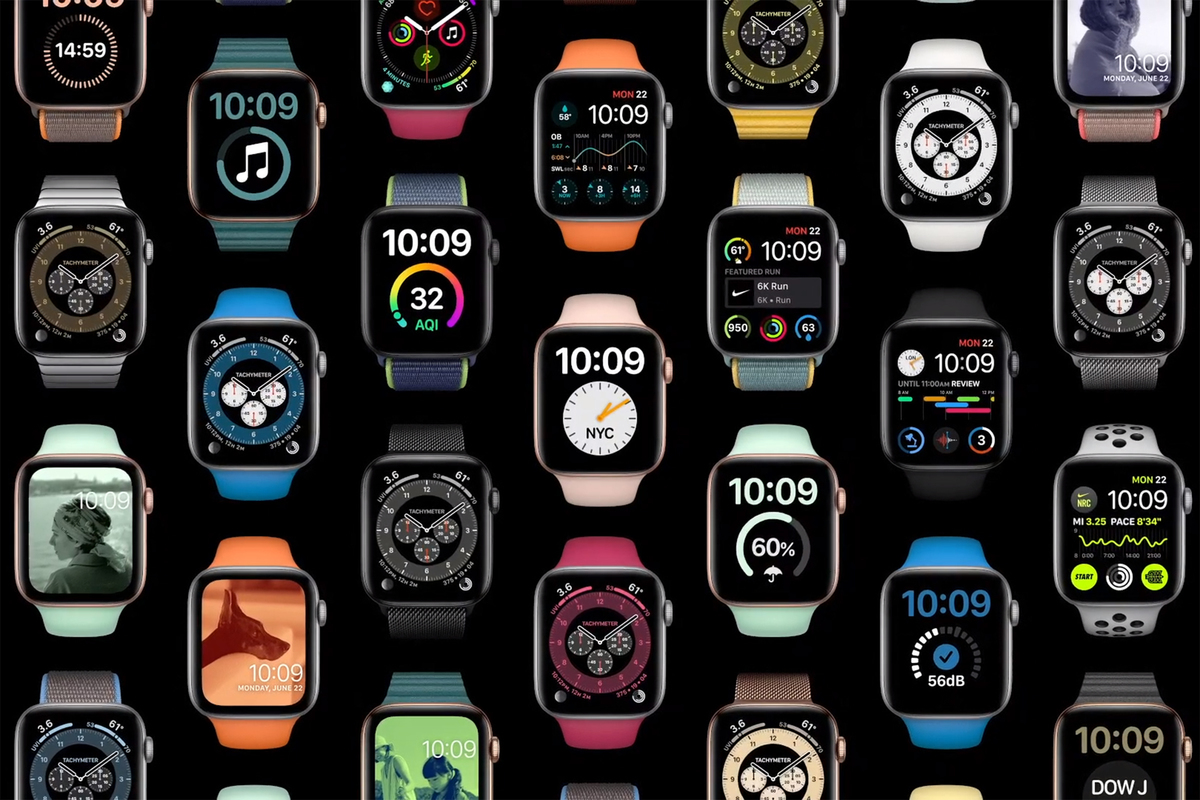
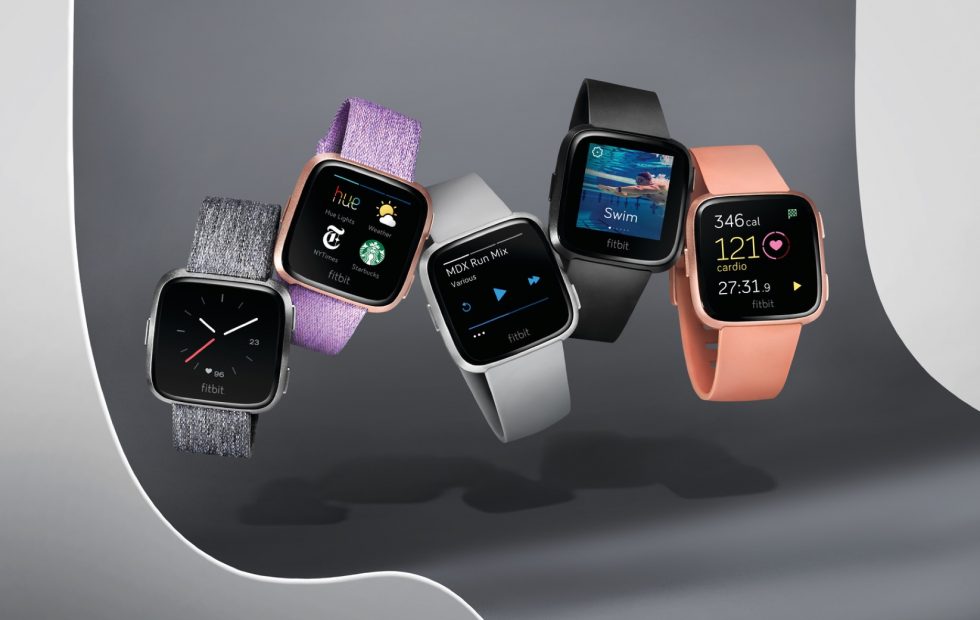
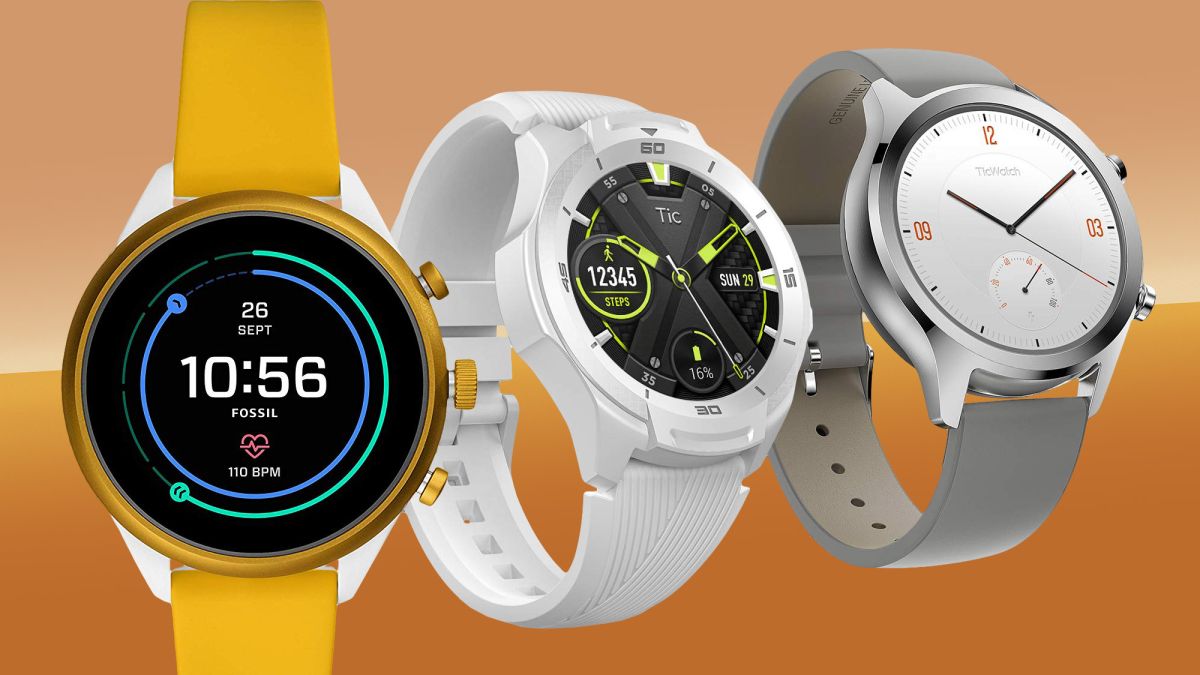
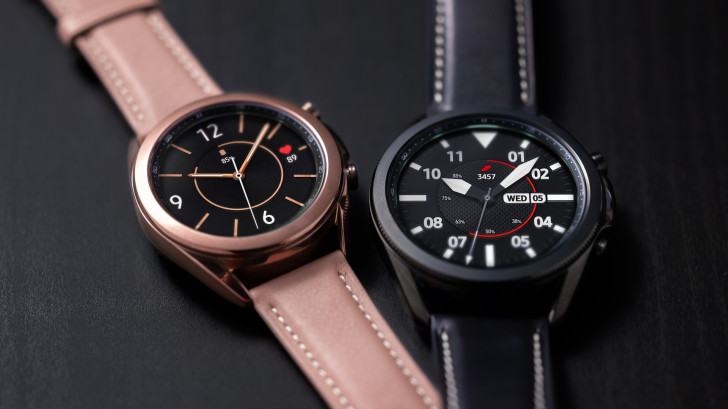
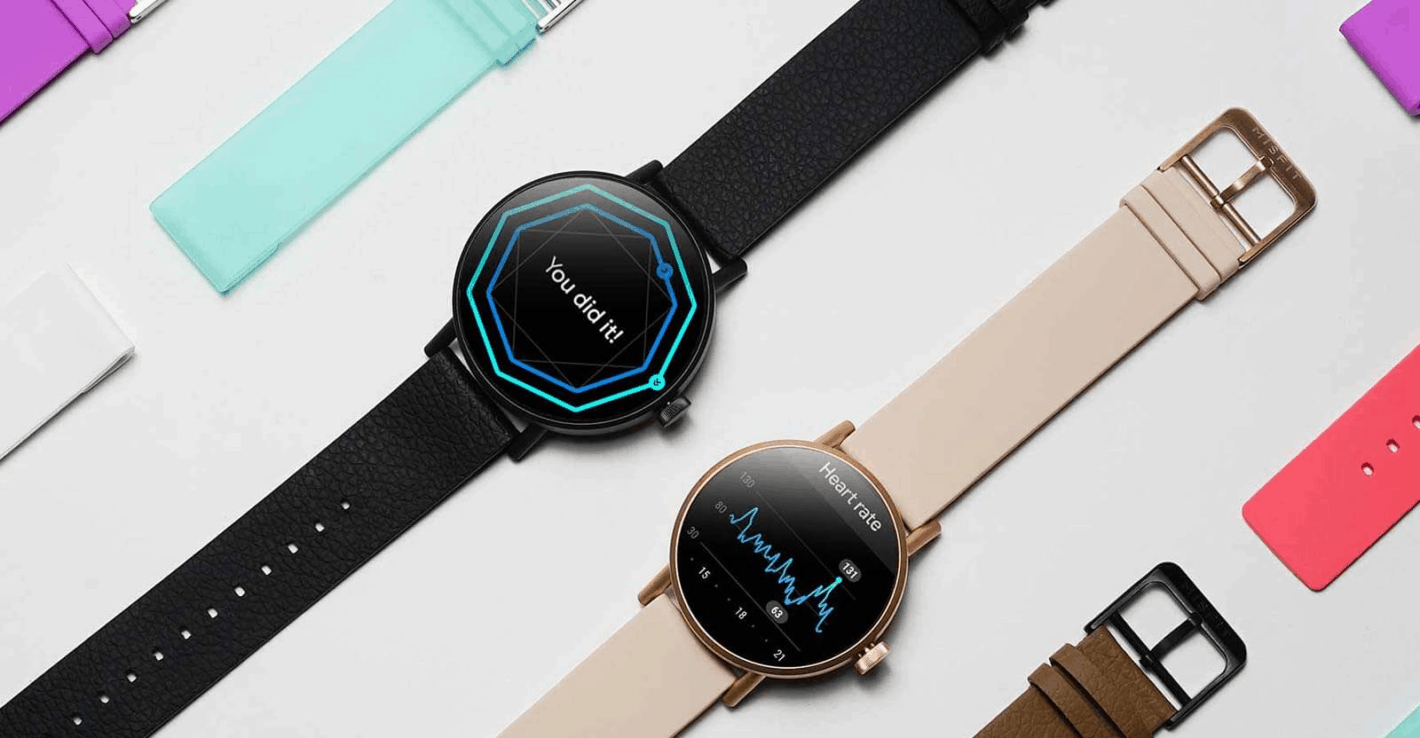

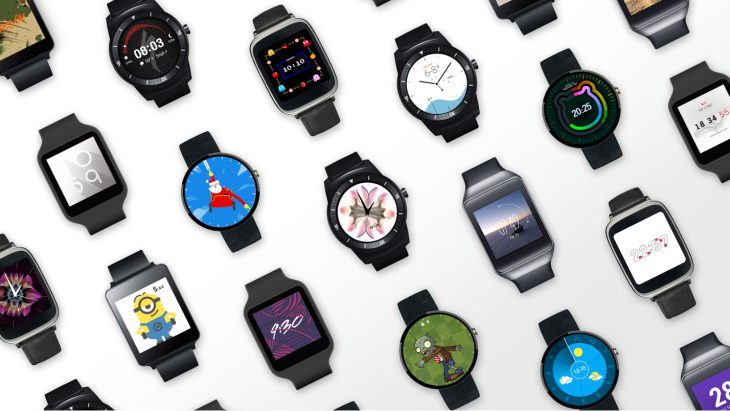
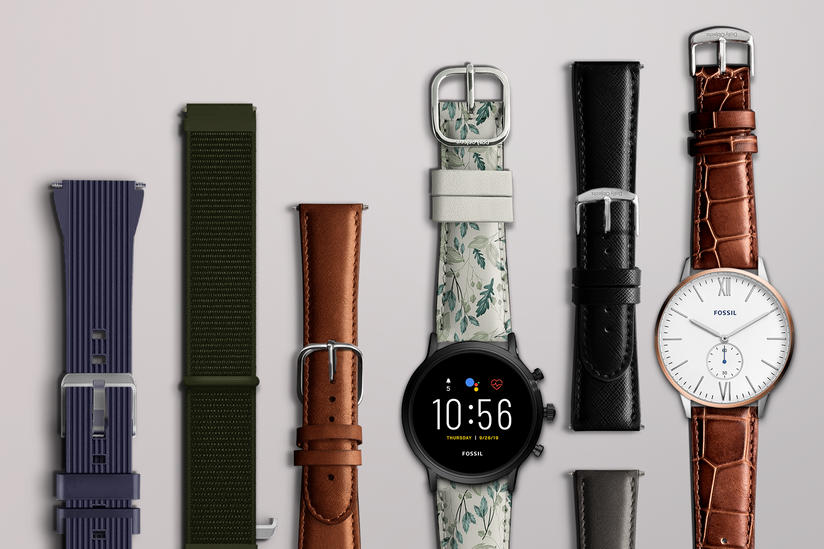
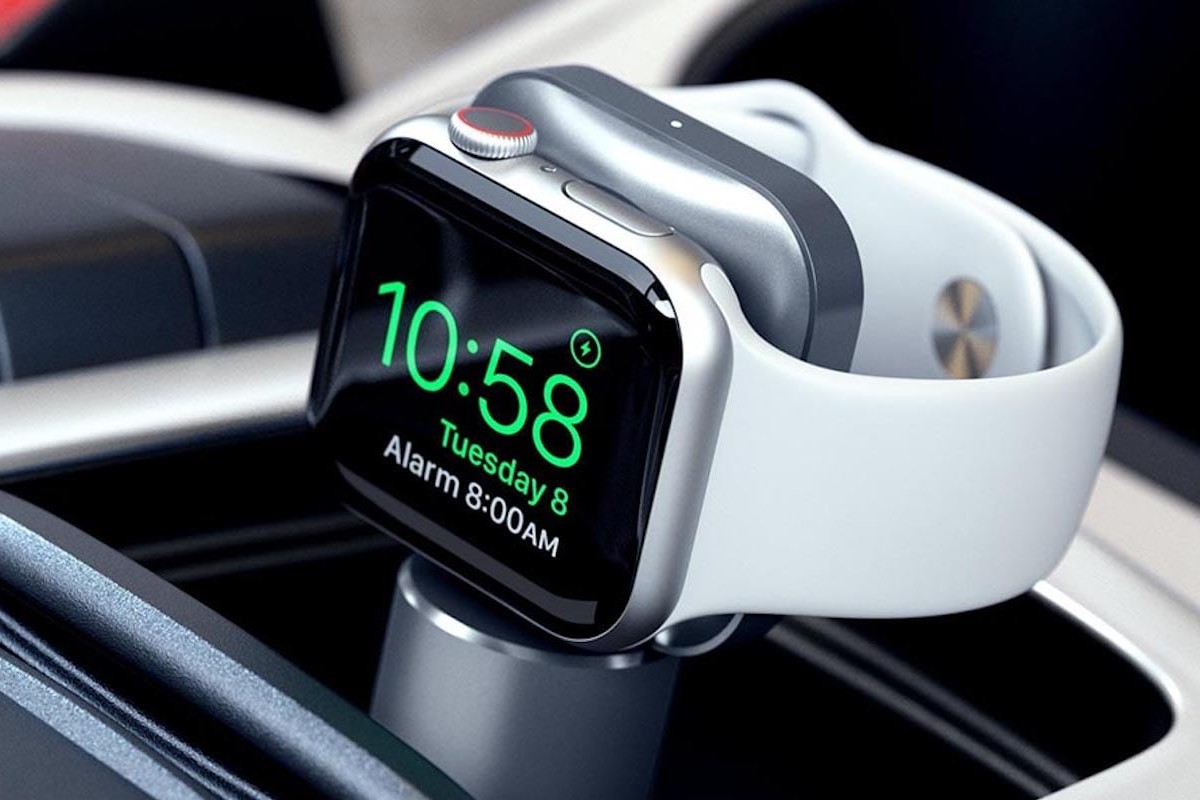
Discussion about this post